New Maker Show Coming to Netflix
Gareth's Tips, Tools, and Shop Tales - Issue #110
Got a tip to share? A tool to recommend? A tall tale to tell? Please share with the class.
***
Got a tip to bust (or confirm)? I’m still looking for readers to pick a tip they see in the wild and put it through its paces to see if it works as advertised. Let me know if you’re interested in testing a tip. I have one volunteer so far.
New Maker Show Coming to Netflix

I’m excited to finally get to share news of a new Netflix show from my friends Jimmy DiResta and John Graziano (along with Pat Lap, Derek Forestier, and Paul Jackman). Called Making Fun, each week, these five master makers are challenged by children to bring crazy kid ideas to life. Apparently (and maybe not surprisingly, given their half-pint taskmasters), lots of farts, dinosaurs, and unicorns seem to be involved. Making Fun will premier on Netflix on March 4th.
Folks on social media were quick to point out that this show concept is alarmingly similar to a YouTube channel called Kids Inventing Stuff. It is indeed, although the Making Fun folks say it’s simply a case of parallel thinking. They say they didn’t know about this channel until after they’d wrapped production. Give Kids Inventing Stuff some love, too. It’s great!
Losing Faith in the Godhand
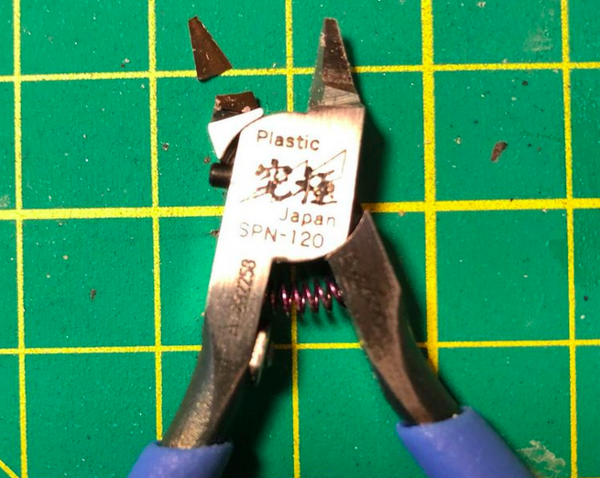
I read the breathless reviews. I succumbed to the hype. I bought a $62 Godhand, nippers specifically designed to de-sprue plastic model parts from their frames. The main selling feature is that they’re designed to cut super-close to the part, meaning very little after-cutting clean-up (something I hate). I certainly loved the functionality of the tool… while it worked! Last weekend, while de-spruing some models – the very thing they’re designed to do – one jaw of the cutters sheared right off. This was only about the 5th time I’d used the tool. For such an exorbitant price, this is absolutely unacceptable. I’ve had an $8 pair of cutters for years and they work just fine (although they’re not nearly as efficient at flush-cutting). I’m just going to go back to those. I just bought an extra pair. If you read through the Godhand reviews on Amazon you’ll see plenty of others complaining about the cutters easily shearing like mine did. Do yourself a favor, heed these warnings. This Godhand is a false god, a demiurge!
How to Make a Cool Rope Bottle Cady
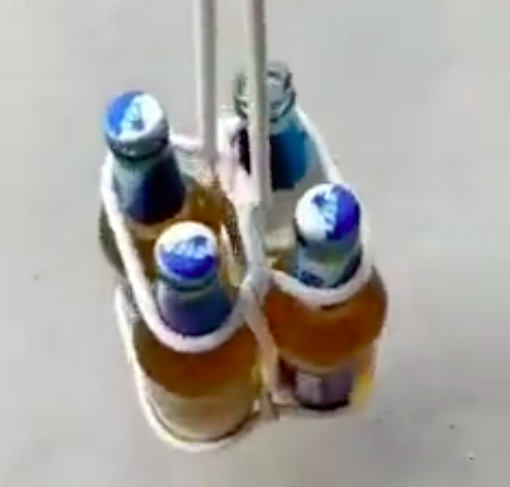
Here’s a fun way of making a 4-bottle drink caddy using a length of rope.
Laser-Engraving EVA Foam

Here’s something exciting I hadn’t thought about. On Knarb Makes, he was sent an inexpensive (around US$500) hobby laser engraver to test out. It was way too weak to cut through material like MDF, but he found that it loved EVA foam. Using the machine, he was able to engrave floor and wall tiles for tabletop game terrain. A cheap machine like this could be an extremely handy and useful tool for tabletop game crafters, cosplayers, diorama builders, and others who use EVA ‘craft foam” in their projects.
Why Wood Screws are Only Partially Threaded
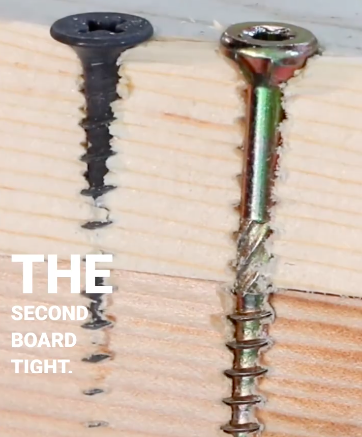
This Steve Ramsey Instagram video explains how woodscrews actually work and why they’re only partially threaded.
Why Do Power Plugs Have Holes in Them?
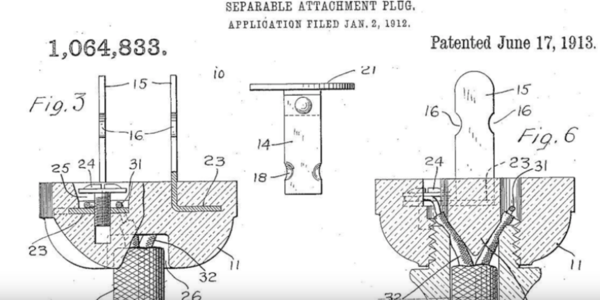
Several months ago, I saw a video on YouTube about why plugs have holes. I’d always wondered, and like many, was under the impression that it was to help hold the plug in place. Turns out, that’s a myth, at least with modern plugs. The original 1913 patent for the wall plug (aka the Separable Attachment Plug) did, in fact, have a mechanism inside the socket to engage notches in the plug. Those notches eventually turned into holes. Over the decades, it was apparently decided that this plug security feature was unnecessary. Sockets stopped including a means of utilizing these holes. So, why are they still on so many plugs? Is it just that they’re expected now? This video runs through the history of the plug and the notches/holes, the patent, and the eventual loss of their utility. What the video doesn’t mention (somebody in the comments does) is that the holes are apparently now re-purposed, used in an alignment process for molding the plastic plug jackets. You can see this in action here. The holes have also been adopted as a lockout mechanism where a small padlock is attached through the holes to prevent someone using a machine without proper access (i.e. the key to the lock).
Using a Peristaltic Pump For Handling Resin in Your 3D Printer
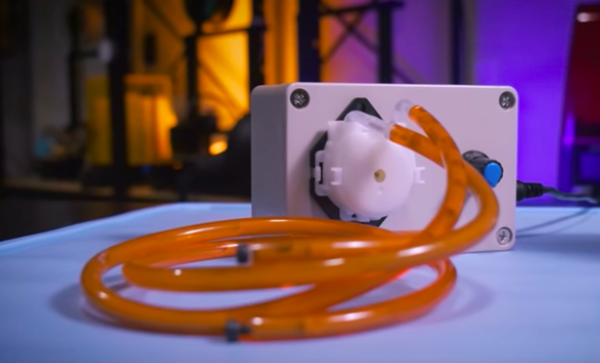
In this video, Daniel Herrero shows how he uses an inexpensive peristaltic pump to remove resin from the vats of his 3D printers without having to remove the vat. As he points out, for small-bed resin printers, pouring off the remaining resin isn’t such a big deal, but it can become more unwieldy on printers with larger vats. In such cases, you might want to try this pumping solution.
Shop Talk
Reader Andy Leviss wrote in response to the piece I included several issues back on making your own multi-outlet power cords:
“Hey, Gareth! I’m probably not the only person to reach out about this, but that tutorial on making multi-outlet extensions is super dangerous and violates the National Electrical Code (NEC). You never make anything externally mounted with those junction boxes…they’re not rated as an external enclosure, primarily because the knockouts can get accidentally knocked in and short across conductors causing electrocution or fire. Please send out a correction and delete this from the online version of the newsletter, it’s incredibly dangerous, on top of being against code nearly everywhere in the US, since almost all local codes follow the NEC.”
***
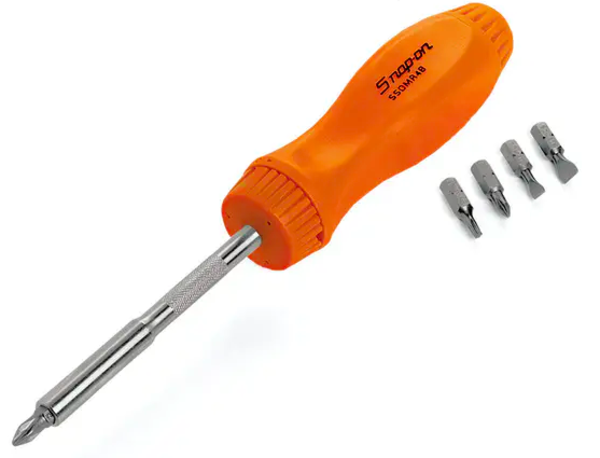
My question about screw driver design preferences got quite a response. Here’s Walter Baron’s answer:
“Just read/saw the screwdriver video. Very interesting. I have several of those old Stanley screwdrivers I bought originally about 40 years ago, and I agree they are very nice. But my favorite is the Snap-On ratchet screwdriver with interchangeable bits. As a boat builder, I usually drive screws with a cordless drill/driver (Festool), but I often need to drive or remove one or two small odd screws. The Snap-On has storage in the handle for several different sizes and styles of bits, and you can use any insert-style bit you can find. The ratchet is very fine, and it is guaranteed for life. Mine is at least 20 years old.”
***
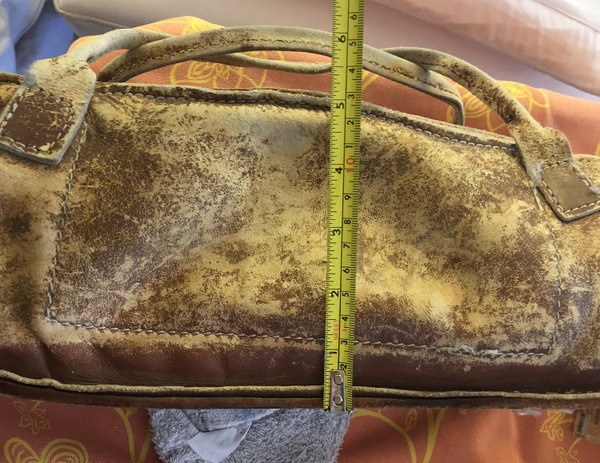
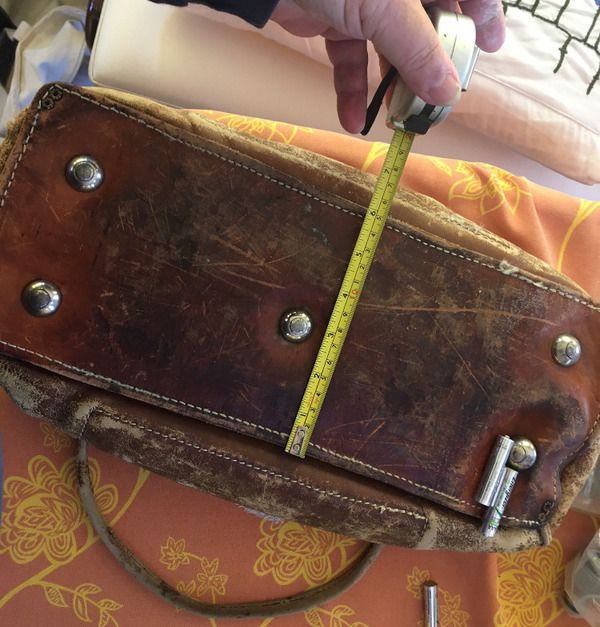
Reader Lee Licata is looking to replace a leather toolbag given to him by his dad in 1975. He writes:
“All of the 5 “feet” on the bottom and the zipper are industrial grade or beyond. None of the feet have ever fallen off and the zipper functions like new. I would appreciate whatever you can do to help me find a replacement. Internet searches have not been very successful.”
Do any newsletter readers have suggestions for Lee? Please send them to me.
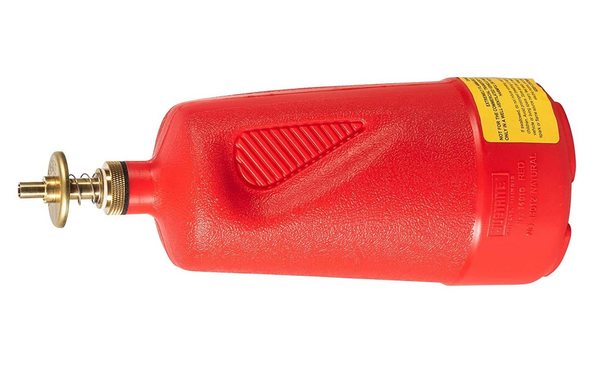
Sydney Smith wrote in to recommend these shop fluid dispensers:
“I saw one being used on an Adam Savage video. I use mine for denatured alcohol and acetone. They are on Amazon. The ones I bought several months ago are of a slightly different design. These enable storage and dispensing in a much better way than the cans these solvents come in. ”
02/10/22(Gareth’s Tips, Tools, and Shop Tales is published by Cool Tools Lab. To receive the newsletter a week early, sign up here. — editors)






